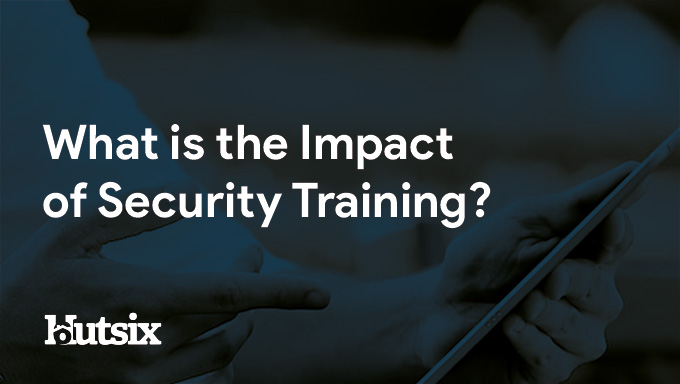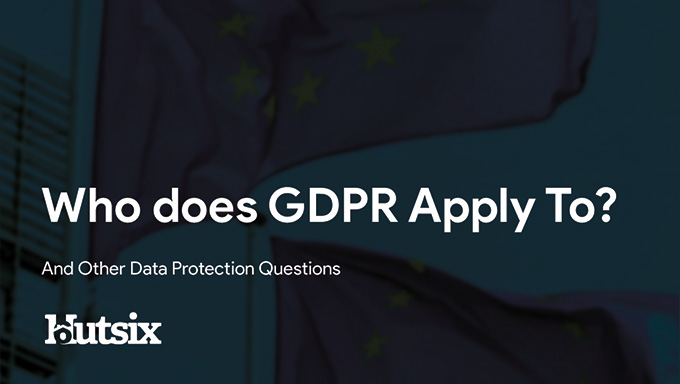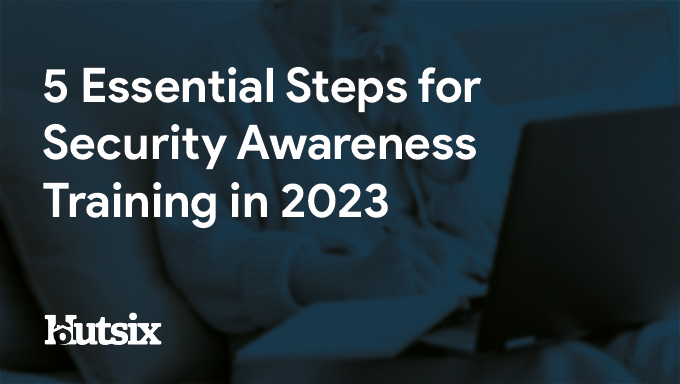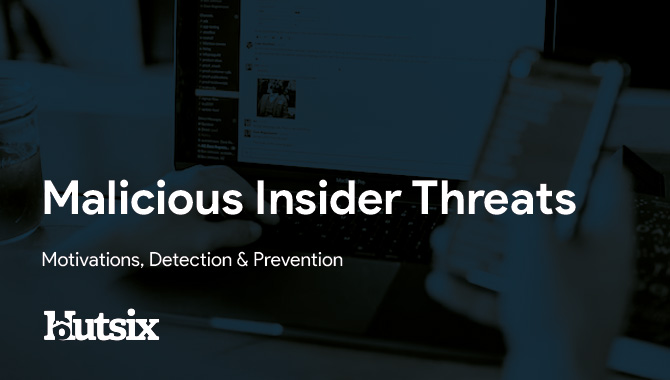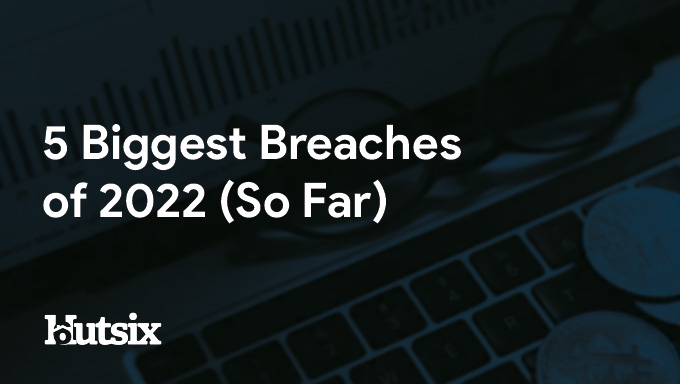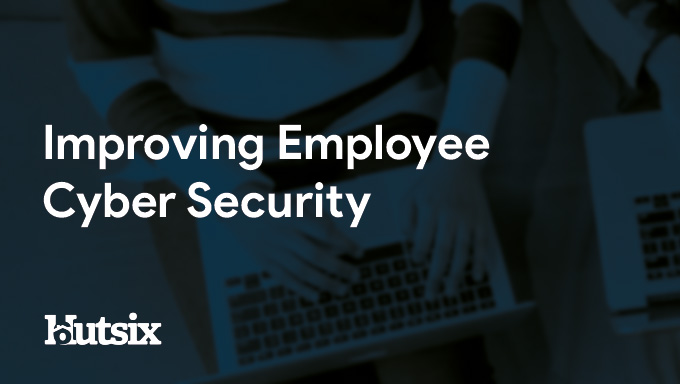5 Steps to Foster an Effective Information Security Culture
In today's digital age, information security is a critical concern for organisations worldwide. With cyber threats evolving rapidly, investing in security awareness training is crucial to mitigate risks and protect sensitive information.
By educating employees about cybersecurity risks and best practices, security awareness training aims to reduce the unfortunate but avoidable human errors that often lead to security incidents.
Awareness Training: Building Security Consciousness
One of the cornerstones of a strong information security culture is awareness training. It's imperative that your chooses the right training for employees to understand the risks associated with their actions and have the knowledge to make secure choices.
Relevant Content: Effective training equips your workforce with the knowledge and tools needed to identify and mitigate security risks. Helping to developing a deep understanding of the evolving threat landscape and the role each employee plays in safeguarding sensitive information.
Interactive Learning: Training extends beyond passive information consumption; it's about active engagement. Interactive tutorials allow users to apply their knowledge in real-world scenarios. This practical, hands-on approach empowers employees to make informed decisions and proactively defend against the ever-evolving threat landscape.
Customisation: Recognising that every organisation possesses its unique security challenges, customisation is key. Tailoring training to your organisation's specific requirements ensures alignment with security policies and practices. It allows for the integration of real-world case studies and scenarios, making the learning experience not just informative but relatable and engaging.
Measurable Progress: The effectiveness of training lies in its ability to bring about behavioural change. It's not just about ticking boxes but about fostering a security-conscious mindset. Training should be supplemented with metrics and reports to gauge its impact. This data-driven approach helps organisations track progress, identify areas of improvement, and refine their security strategies.
Leadership: Setting the Security Tone
Leadership plays a pivotal role in shaping and nurturing an information security culture within your organisation, going beyond simply creating policies and rules but actively exemplifying security-conscious behaviours and values.
Setting the Example: Leaders, from top executives to managers, must lead by example. When leaders demonstrate a commitment to security, it sends a powerful message to the entire organisation. Their adherence to security protocols and their openness to learning about evolving threats set the tone for everyone else.
Embedding Security: Effective leadership involves making security a consideration in every decision. Whether it's a new project, a change in processes, or the adoption of new technology, leaders should ensure that security is an integral part of the discussion. This reinforces the message that security is everyone's responsibility.
Accountability: Leaders should foster a culture where individuals are held accountable for their security responsibilities. This includes not only adhering to security policies but also reporting potential threats or vulnerabilities. Accountability reinforces the idea that security is not just a set of rules but a collective commitment.
Continuous Learning: Just as with employees, leaders should also be committed to continuous learning. They should stay informed about the latest security trends and best practices. This not only enhances their ability to make informed decisions but also inspires others to do the same.
Recognising Achievement: Celebrating Security Vigilance
In your organisation's journey towards a robust security culture, the importance of recognising and celebrating achievements cannot be overstated. Just as you acknowledge broader business milestones, it's equally vital to honour those who contribute to safeguarding sensitive information.
Motivation through Acknowledgement: Recognition serves as a powerful motivator. When employees see their efforts acknowledged, it not only validates their commitment to security but also encourages them to actively engage in security practices. Even simple gestures of appreciation can go a long way in reinforcing the importance of information security within the workplace.
Incentivising Reporting: Encouraging a culture of reporting security incidents is vital for early threat detection and response. By acknowledging and rewarding those who report potential threats or vulnerabilities, you create a supportive environment where employees feel encouraged to speak up without fear of reprisals.
Continuous Improvement: Recognising achievement is also a catalyst for continuous improvement. It signals that your organisation values security-conscious behaviours and encourages individuals to strive for excellence. Over time, this recognition can lead to a refinement of security policies and procedures, further strengthening your security posture.
Peer-to-Peer Recognition: Besides formal recognition, peer-to-peer acknowledgment can be equally impactful. Encourage employees to commend their colleagues for security-conscious actions. This not only reinforces positive behaviours but also builds a sense of collective responsibility for information security.
Reporting: The Eyes and Ears of Security
Reporting is the linchpin of your organisation's security fabric, serving as the eyes and ears that detect potential threats and vulnerabilities. It's the conduit through which your employees can swiftly raise concerns and contribute to the overall security posture.
Early Threat Detection: Reporting empowers your workforce to be proactive in identifying potential security threats. Whether it's a suspicious email, an unfamiliar device on the network, or an unusual system behaviour, timely reporting can make the difference between early threat mitigation and a full-blown security breach.
Safe Reporting Environment: Encouraging a culture of reporting is paramount. Employees should feel safe and confident when reporting security incidents or concerns. This includes providing anonymous reporting options to alleviate any fears of reprisal.
Incident Response: Effective reporting is not just about identifying threats; it's about what happens next. Having well-defined incident response procedures ensures that reported incidents are promptly and effectively addressed. This minimises the impact and facilitates a swift return to normal operations.
Data-Driven Security: The data collected through reporting provides invaluable insights into your organisation's security landscape. It enables you to identify trends, recurring issues, and areas that may require additional training or security measures. This data-driven approach enhances your ability to refine security strategies continually.
Communication: A Vital Link
In the realm of information security culture, effective communication stands as the vital link that ensures all members of your organisation are on the same page. It's the channel through which knowledge is shared, concerns are raised, and awareness is cultivated.
Transparency and Clarity: Communication in the context of security should be characterised by transparency and clarity. Employees need to understand security policies, procedures, and the rationale behind them. Clearly articulated guidelines make it easier for everyone to comprehend their roles and responsibilities in safeguarding sensitive information.
Regular Updates: In the ever-evolving landscape of cybersecurity, knowledge becomes outdated quickly. Regular updates and communications regarding the latest threats, best practices, and policy changes are essential. When your employees are well-informed, they are better equipped to recognise and respond to emerging threats.
Open Channels: Maintaining open channels of communication is vital. Employees should feel comfortable reporting security concerns or potential incidents without fear of reprisal. Encourage dialogue and provide mechanisms for anonymous reporting to ensure that nothing falls through the cracks.
Hut Six Training
Any organisation can fall victim to an information security incident. Despite technical precautions that help mitigate this risk, your employees are the most immediate and vulnerable target for malicious actors - and your first line of defence.
Now more than ever, you rely on your people making the correct choices in the face of security decisions. Thankfully, with the right knowledge, many of these human vulnerabilities can be easily addressed.
Hut Six's Security Awareness Training solution reduces the risk of a successful cyber-attack. Preventing financial losses, damage to reputation, potential fines, and litigation, robust and engaging information security training is an essential for any organisation looking to improve their information security culture.
Security Awareness for your Organisation
Enjoyed our blog? Learn more about how Hut Six can help improve you security awareness with training and simulated phishing. Start a free trial now, or book a meeting with one of our experts.
Featured
What is the Impact of Security Awareness Training? - Hut Six
Discover the Impact of Security Awareness Training: Prevent breaches, foster culture, & build trust.
What is Personal Data?
Learn about personal data, its types, and significance in data protection. Explore general and special category data, as well as pseudonymised and anonymised data under the GDPR.
Who Does GDPR Apply To?
Who Does GDPR Apply To? And Other Data Protection Questions/ Information Security blog by Information security awareness provider Hut Six Security.
Does ChatGPT Pose a Cybersecurity Risk
In this blog post, we explore whether AI chatbots like ChatGPT pose a cybersecurity risk. We delve into the potential vulnerabilities and threats posed by chatbots, and discuss measures that can be taken to mitigate these risks. Read on to discover how you can ensure the security of your organisation's chatbot interactions.
How Do I Get Cyber Essentials Certified?
Learn how to obtain Cyber Essentials certification and enhance your organization's cybersecurity posture with our comprehensive guide. Our expert insights will help you navigate the certification process to meet the requirements for Cyber Essentials.
Essential Steps for Security Awareness Training
Starting a security awareness training campaign? Here are 5 essential steps to help ensure information security success.
Malicious Insider Threats - Meaning & Examples
Malicious insider threats can cause massive problems. Here we examine some of the motivations behind attacks and methods of detection organisations can use to reduce risk.
5 Biggest Breaches of 2022 (So Far)
Five of the biggest and most significant data breaches, hacks, and information security attacks of 2022 (so far).
Auditing for GDPR Compliance
Questions to consider when auditing your business or SME for General Data Protection Regulation (GDPR) compliance.
Improving Employee Cyber Security
With human error responsible for many breaches and attacks, we offer some helpful areas for improving employee security compliance.



